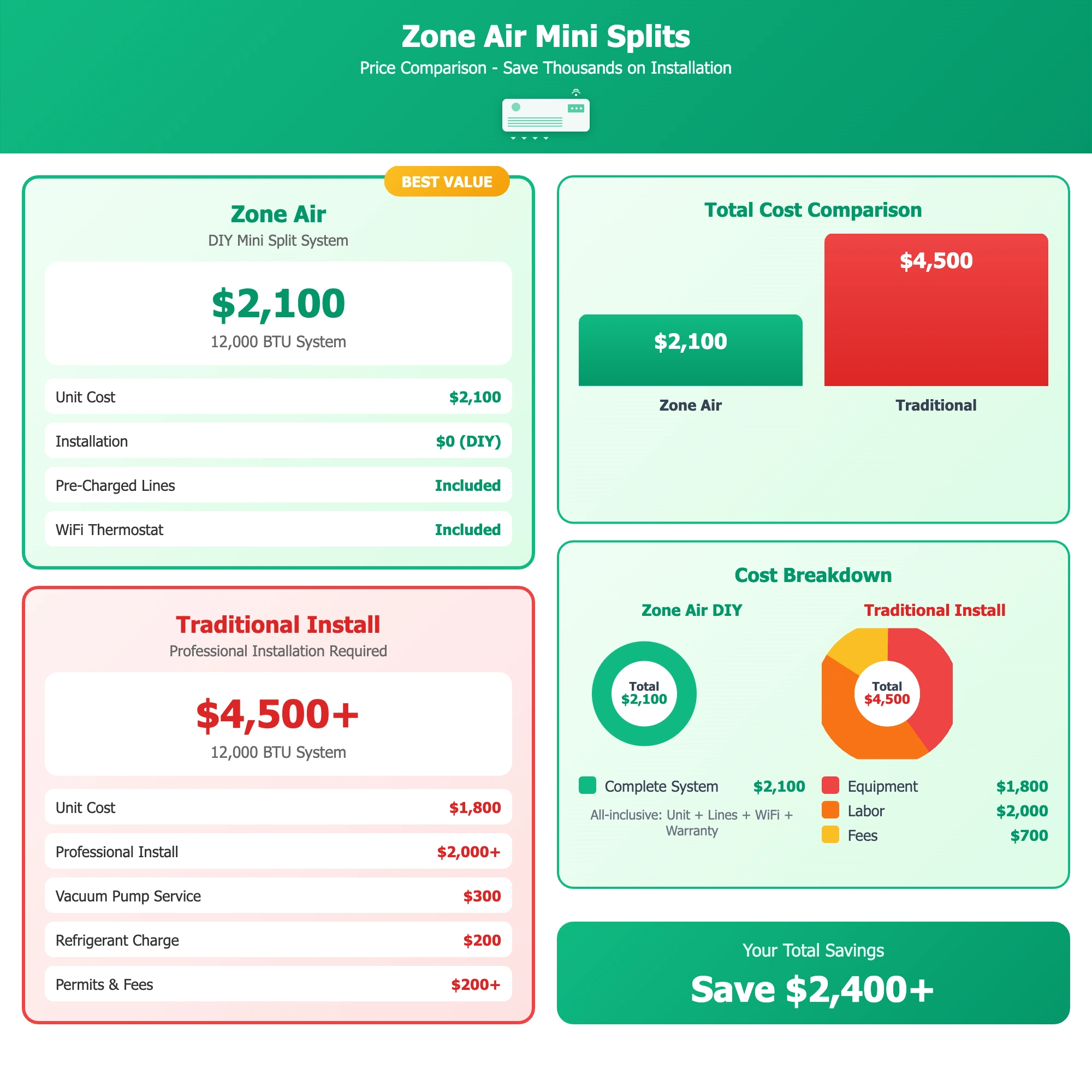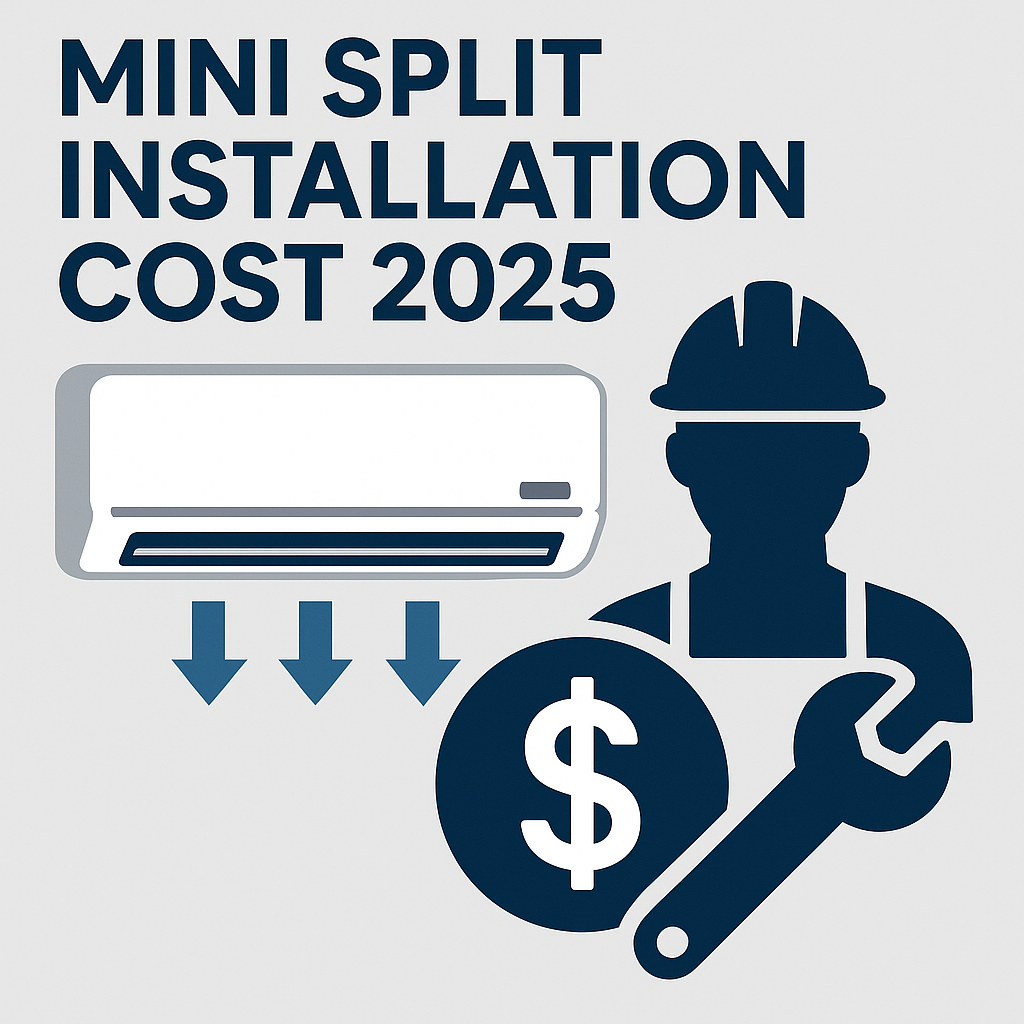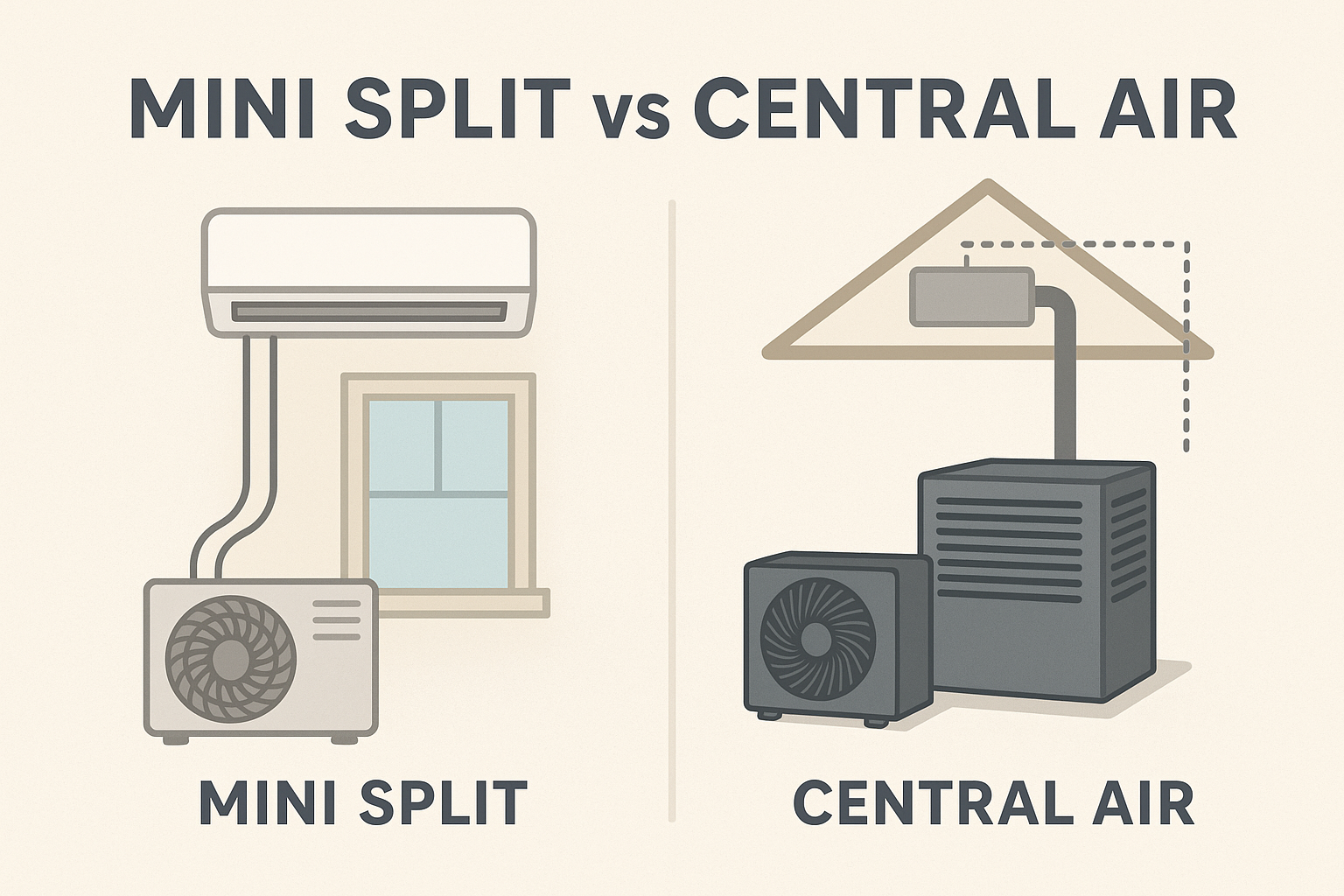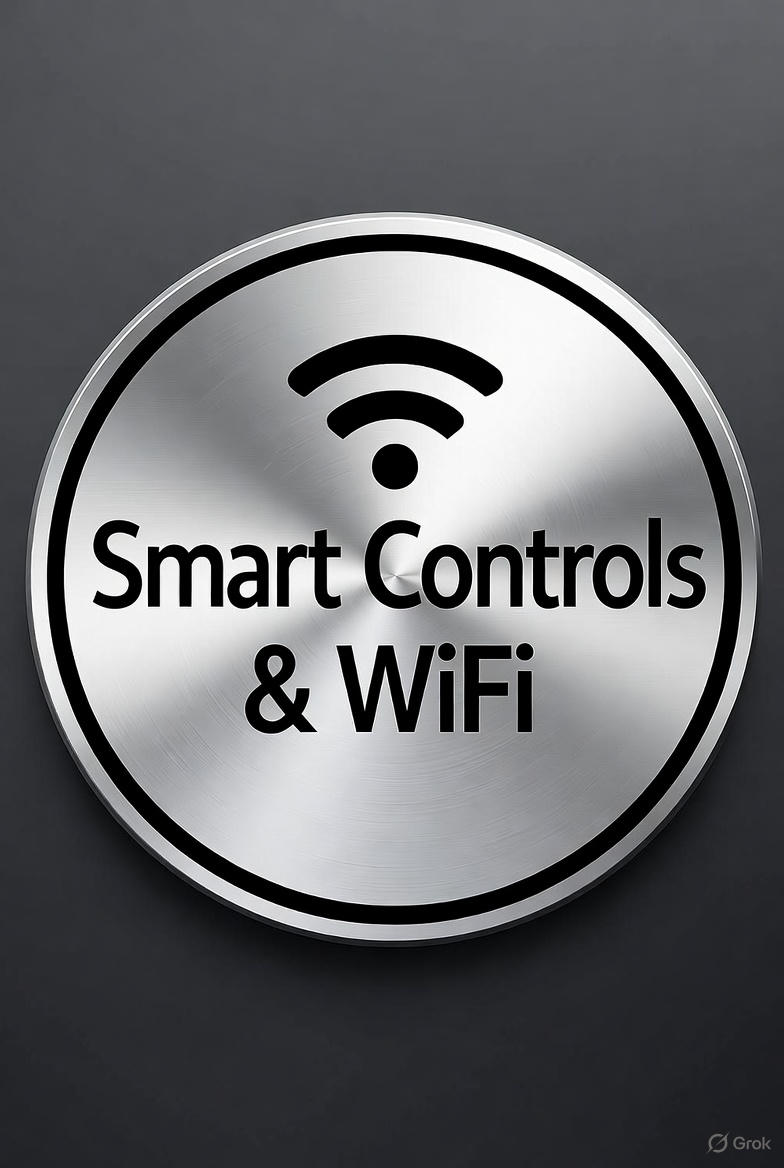Ductless mini-split costs vary by capacity, brand, features, and installation. 2025 pricing guide:
Cost Summary 2025
| System | DIY (Zone) | Professional | Savings | |--------|------------|--------------|---------| | 12K BTU | $1,800-2,200 | $3,300-5,000 | $1,500-2,800 | | 18K BTU | $2,200-2,800 | $4,200-6,500 | $2,000-3,700 | | 24K BTU | $2,600-3,200 | $5,000-7,500 | $2,400-4,300 | | Dual-zone | $3,200-4,200 | $6,000-9,500 | $2,800-5,300 | | Tri-zone | $4,500-5,800 | $8,500-12,500 | $4,000-6,700 | | Quad-zone | $6,000-7,500 | $11,000-15,500 | $5,000-8,000 |
Equipment Costs
| BTU/Brand | Budget | Mid (Zone) | Premium | |-----------|--------|------------|---------| | 9K | $800-1,200 | $1,600-1,900 | $1,800-2,500 | | 12K | $1,000-1,500 | $1,800-2,200 | $2,200-3,000 | | 18K | $1,400-2,000 | $2,200-2,800 | $2,800-4,000 | | 24K | $1,800-2,500 | $2,600-3,200 | $3,500-5,000 |
Tiers: Budget (Pioneer, DELLA) SEER2 14-18 | Mid (Zone, LG) SEER2 18-22 | Premium (Mitsubishi, Daikin) SEER2 20-26+
Labor & Additional Costs
Professional labor: Simple $1,200-1,800 | Moderate $1,500-2,200 | Complex $2,000-3,000 Adds: 2nd story +$200-500 | Electrical +$300-800 | Multi-zone +$500-1,500
Regional: NYC/SF/LA $2,000-4,000 | Denver/Atlanta $1,500-2,500 | Rural/Midwest $1,000-1,800
DIY with Zone

Total: $2,050-3,800 (equipment + tools + materials) Saves: $1,200-3,000 vs pro Time: 6-10 hours first install, 4-6 hours after Includes: Pre-charged lineset (no vacuum pump), hardware, manual, videos, 24/7 support
DIY if: Comfortable with tools, basic electrical, wood frame, 1st-2nd story Hire pro if: Uncomfortable electrical, brick/concrete, 3rd story+, complex routing
Additional Costs
- Electrical: Circuit $150-800 | Panel upgrade $800-3,000
- Permit: $50-200 (usually included in pro)
- Line covers: $50-400
- Condensate pump: $150-300 + $100-200 install
Misc: WiFi $99-149 | Drain pan $50-100 | Surge protector $50-150 | Old system removal $0-800
Save Money
- DIY: Save $1,200-3,000 (Zone pre-charged, videos, 24/7 support)
- Buy direct: Save $1,000-2,000 (skip dealer markup)
- Size correctly: Save $500-1,500 (calculator)
- Off-season: Save $200-500 (spring/fall vs summer)
- Tax credits/rebates: Save $300-2,000 (rebates)
10-Year Cost
| System | Initial | Operating | Repairs | Total | |--------|---------|-----------|---------|-----------| | Budget Pro | $3,500 | $3,000 | $500 | $7,000 | | Mid Pro | $4,500 | $2,400 | $300 | $7,200 | | Zone DIY | $2,000 | $2,200 | $200 | $4,400 |
Saves: $2,600-2,800 | Home value: +$2,000-10,000

Financing
Best: Cash (no interest) Good: 0% financing 12-24 months (watch deferred interest) Options: Home improvement/equity loans 5-12% APR (sometimes tax deductible)
The Bottom Line
Most common (12K BTU single-zone):
- Zone DIY: $2,000 | Zone Pro: $3,500-4,500 | Competitor Pro: $4,500-6,000
Best value: Zone DIY saves $2,500-4,000 vs competitors
Shop Zone Systems | Call (801) 882-2324 for quotes
Related:





